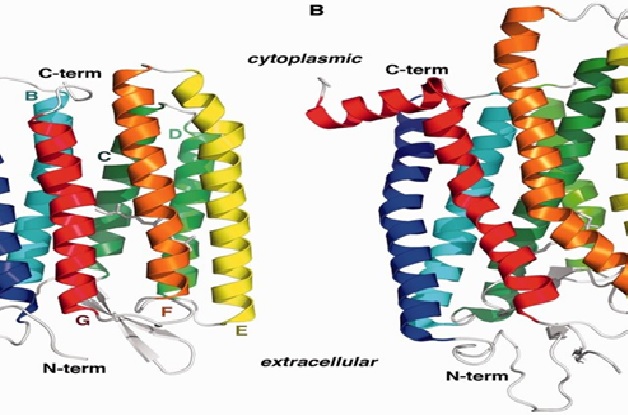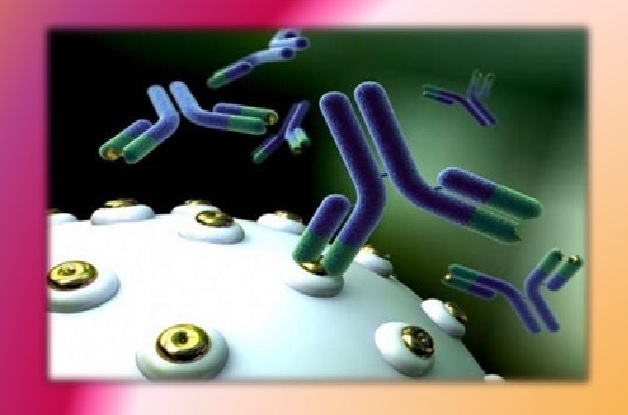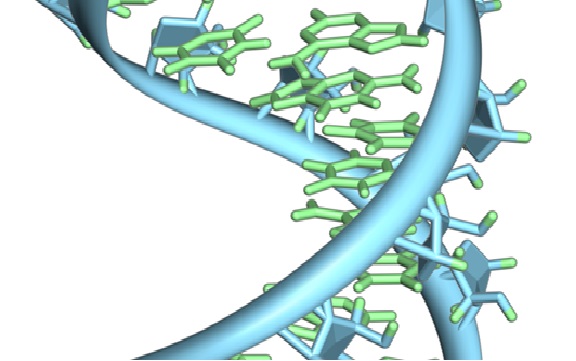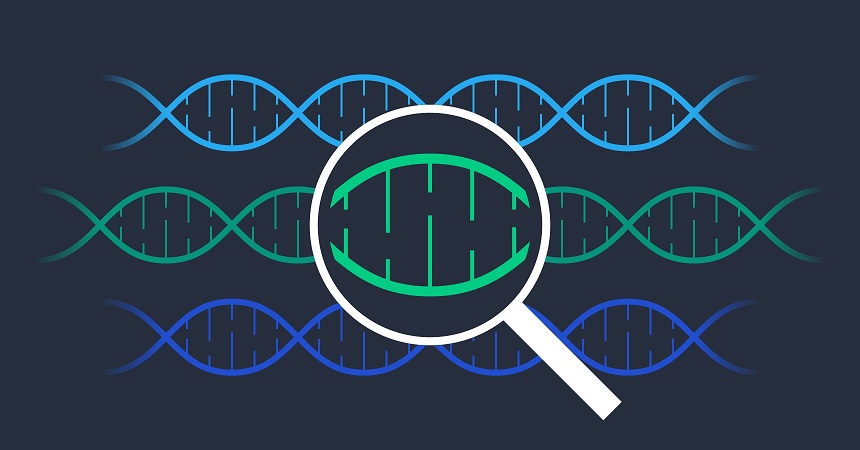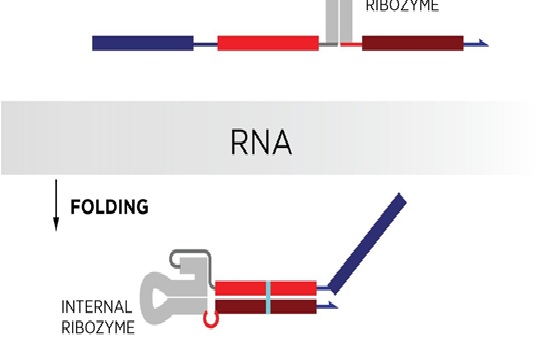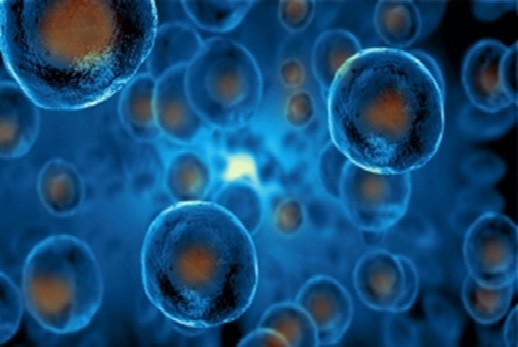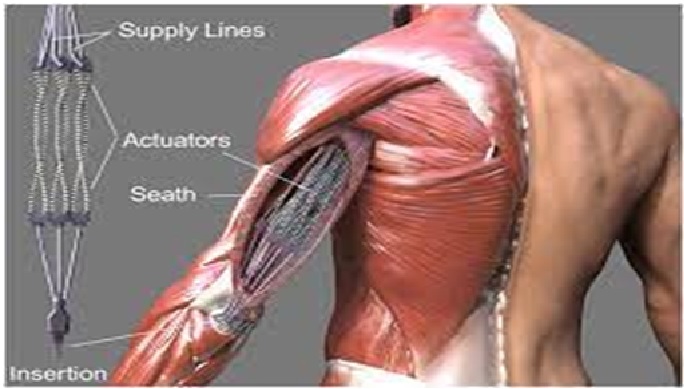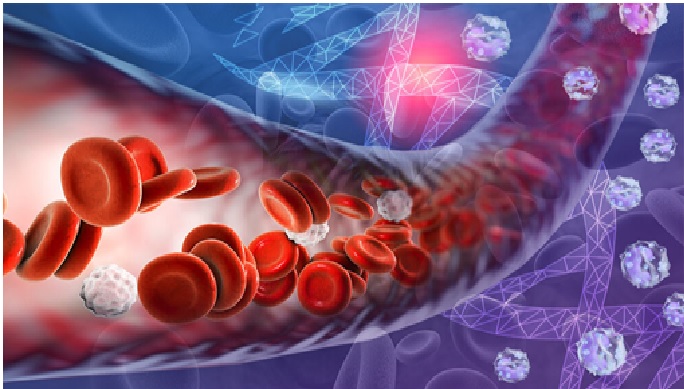An Interface Templated Method in Single Layer Graphene
“If graphene can be grown on an insulating substrate with a clean interface, certain devices might function better,” explained PhD student Bo Tian, who co-led the study under Xixiang Zhang’s supervision. This also opens the door to new types of graphene-based nanodevices.
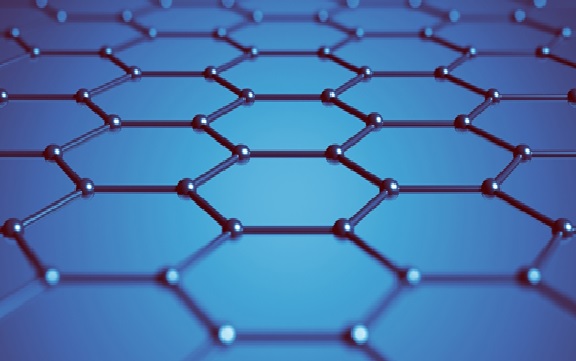
Figure 1: Enhance the crystallinity of single layer graphene.
Figure 1 shows that A novel method can improve the crystallinity of large single-layer graphene, by electrically insulating its supports.
This potentially could help with the development of next-generation nanomaterial-based devices, such as very light and thin touchscreens, wearable electronic and solar cells.
The interface templated method has the potential to enhance the crystallinity of large single layer graphene sheets on insulating support.
The majority of graphene-based electronic devices require insulating supports. However, high-quality graphene films designed for industrial use are typically grown on a metal substrate, such as copper foil, before being transferred to insulating support for device fabrication.[1]
Zhang, Tian, and colleagues from Asia and Europe conducted the research, adjusted the chemical vapor deposition process, which depends on copper-catalysed methane breakdown into carbon precursors, to produce smooth single-crystal graphene monolayers on wafer-scale single-crystal substrates known as a c-plane sapphire.
The wafer-scale synthesis of adlayer-free ultra-flat single-crystal monolayer graphene on sapphire substrates. We converted polycrystalline Cu foil placed on Al2O3(0001) into single-crystal Cu (111) film. [3]
On the sapphire layer, injected active carbon atoms from the metal substrate-catalysed methane breakdown.
The carbon atoms migrated through the metallic layer toward the copper–sapphire interface, which served as a template, forming well-oriented graphene islands that eventually combined to create a sheet after multiple growth cycles. [2]
The researchers etched away any graphene that had accumulated on top of the copper film using a hydrogen–argon plasma to facilitate carbon diffusion.
They immersed the samples in liquid nitrogen before heating them rapidly to 500 oC, making the copper film easy to peel off while keeping the graphene monolayer intact. [1]
Field-effect transistors fabricated on as-grown graphene exhibited good electronic transport properties with high carrier mobilities.
This work breaks a bottleneck of synthesizing wafer-scale single-crystal monolayer graphene on insulating substrates and could contribute to next-generation graphene-based nanodevices.
References:
- https://www.innovationnewsnetwork.com/improving-crystallinity-large-single-layer-graphene/20052/
- https://www.azonano.com/news.aspx?newsID=38919
- source: https://www.nature.com/articles/s41563-021-01174-1
Cite this article:
Sri Vasagi K (2022), An interface templated method in single layer graphene, AnaTechMaz, pp. 33


